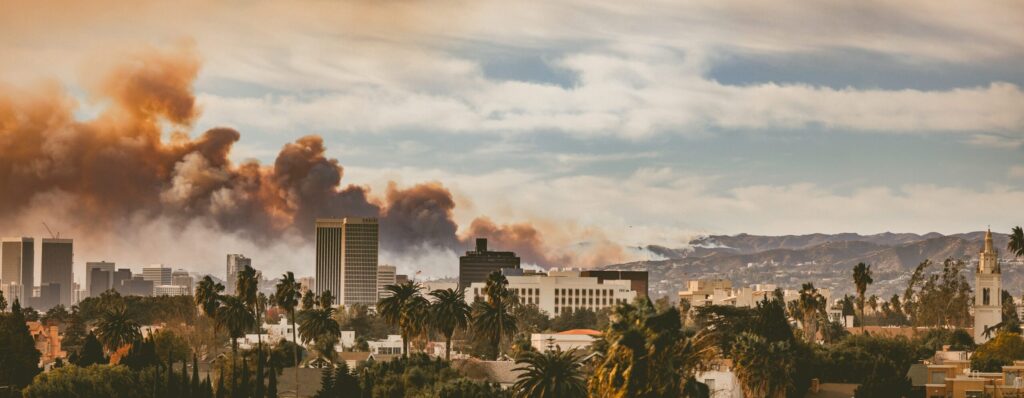Many years ago Jules Feiffer did a classic cartoon of someone explaining that “I used to think I was poor. Then they told me I was not poor, I was needy. They told me it was self-defeating to think of myself as needy, I was deprived. Then they told me underprivileged was overused. I was disadvantaged. I still do not have a dime but I have a great vocabulary.” The same principle has lately been applied to the homeless, who are now “unhoused” and still don’t have a roof over their heads. And to global warming, which became “global heating”. And then “extreme heat” even if the temperature doesn’t go up: “1bn people will suffer extreme heat at just 2C heating, say scientists”. Soon we’ll have planetary incineration. And we still won’t have any significant warming. But we will have a scary vocabulary.
If you’re wondering how heat got hotter, partly it’s because the Guardian, which ran that headline, has a whole section “Climate Crisis” which rather depends on ratcheting up the rhetoric regardless of what the thermometer does. And so “A billion people will be affected by extreme heat stress if the climate crisis raises the global temperature by just 2C, according to research released by the UK Met Office at the Cop26 climate summit. The scientists said that would be a 15-fold increase on the numbers exposed today.”
See? The story isn’t about something that did happen. Heavens no. Nor is it about whether there’s a climate crisis. It’s about what happens if the undisputed heavyweight crisis of the world is critically critical in its criticality. Which in this case involves “wet-bulb temperature, which combines both heat and humidity. Once this measure reaches 35C, the human body cannot cool itself by sweating and even healthy people sitting in the shade will die within six hours. The Met Office analysis used a wet-bulb temperature limit of 32C, at which workers must rest regularly to avoid heat exhaustion, for at least 10 days a year. If efforts to end the climate emergency fail and temperatures rise by 4C, half of the world’s population will suffer from this extreme heat stress.”
Man, we went from crisis to emergency in one paragraph. What’s next for heating? Well, within another sentence with the aid of a mighty “if” it’s become “extreme heat”. Which is not only coming, it already arrived, you dolts with your head in the icebox. “Heat is the most obvious impact of global heating and extreme heat in cities across the world has tripled in recent decades, according to a recent study. In the summer of 2020, more than a quarter of the US population suffered from the effects of extreme heat, with symptoms including nausea and cramps.” And yet most of them didn’t notice. But the Guardian did.
As it also noticed that “Tropical countries including Brazil, Ethiopia and India are hardest hit by extreme heat stress, with some parts being pushed towards the limit of human liveability.” As you can clearly see because the population of Brazil, for instance, has fallen from 169.5 million in 2000 to just 213.9 million today. Ethiopia, which has had basically no problems other than extreme heat stress pushing it toward the limits of human liveability, plunged from 65.6 million in 2000 to a mere 114 million today. It’s practically a desert. And India, surely the saddest story of all, has dwindled in that time from 1.028 billion to a scattered 1.352 billion now.
Still, Britain won’t be spared. The Guardian quotes “Prof Albert Klein Tank, director of the Met Office Hadley Centre” that “‘all regions of the world – including the UK and Europe – are expected to suffer continued impacts from climate change.’ Scientists have been warning about deadly levels of heat and humidity for some years. A 2015 study showing the Gulf in the Middle East, the heartland of the global oil industry, set to suffer heatwaves beyond the limit of human survival if climate change is unchecked.” And just for good measure it also blared that “Cop26: world on track for disastrous heating of more than 2.4C, says key report”. Disastrous heating. Worse even than the extreme kind, we assume.
Now all this death and mayhem depends on reversing the decades-long decline in susceptibility to heat-related mortality which has been documented in the US, the UK, Sweden, Asia and elsewhere. Perhaps people will forget how to turn on their air conditioners. Or maybe the energy will simply get too expensive.
Mind you Climate Home News asked on Nov. 6 “Has Cop26 bent the curve below 2C?” To which our snide reply is um no at that point they were still pulling all-nighters trying to make their empty promises look good. Why they didn’t do the heavy lifting before flying to Glasgow we cannot imagine.
Oh wait. We can. They have no idea how to do it. And to be fair CHN went on that International Energy Agency “chief Fatih Birol claimed that the targets announced in the first week of Cop26, would, if fully implemented, put the world on course for 1.8C of warming. The number-crunchers at Australian NGO Climate Resource reached the figure of 1.9C. It is the first time any serious analysis has projected government pledges could hold global heating below 2C. Don’t crack the champagne just yet though. Not only because 1.8C or 1.9C is closer to 2C than to 1.5C. But because that ‘if fully implemented’ is doing a lot of lifting.” And because models that claim to project temperature change to a tenth of a degree are mistaking the abstraction for the reality. And the story didn’t have timelines. Or specify whether it might then fluctuate, or we were going to fix it exactly and have it obey us like a well-trained dog for the next 500 years.
Still, the science is settled in its unsettled decimally. As two dispassionate climate activists write in the Guardian, COP26 is basically a swindle, just talk, because “With the policies governments have in place on the ground right now, warming is expected to reach 2.7C. Even if they meet their 2030 targets (but not their long-term targets), warming would still reach 2.4C by 2100 – and, given the uncertainties in the climate system response, there is a substantial chance of exceeding 3C.” Look mates. You’ve got 2.7 v 2.4 or you have uncertainties. You can’t have both.
Oh yes they can. Just as they can have extreme heat without a temperature increase, and cosmic conflagration, and three decimal places, and a thesaurus. But no sense of irony.



The world seems to be running out of superlatives. You could run a fun article on what words the Guardian and similar might have to use in future when words such as crisis/criticality/emergency/stress/extreme have lost their impact through over-use.
"Once this measure [wet-bulb temperature] reaches 35C, the human body cannot cool itself by sweating and even healthy people sitting in the shade will die within six hours."
Have these turkeys ever been to Houston, Texas in the summer? Temperatures of 110 deg F (43 deg C) with 100% humidity are quite common. What this works out to in terms of wet-bulb temperature I have no idea, except that it's probably a lot higher than 35 deg C, and yet there is a noticeable lack of people sitting in the shade and dying from heatstroke.
When one considers the enormity of the rent seeking bounty available to those that conform, it's easy to see that a huge global industry depends on variations of Chicken Little's narrative.
In 1979/80, I spent 7 months in the jungles of Papua New Guinea, carrying out resource surveys. Daytime temperatures were rarely less than 40 C, humidity often at or approaching 100% - it rained a lot. Obviously, I perished, and the last 40 years of my life have been somebodies fevered dream. Welcome to the Matrix